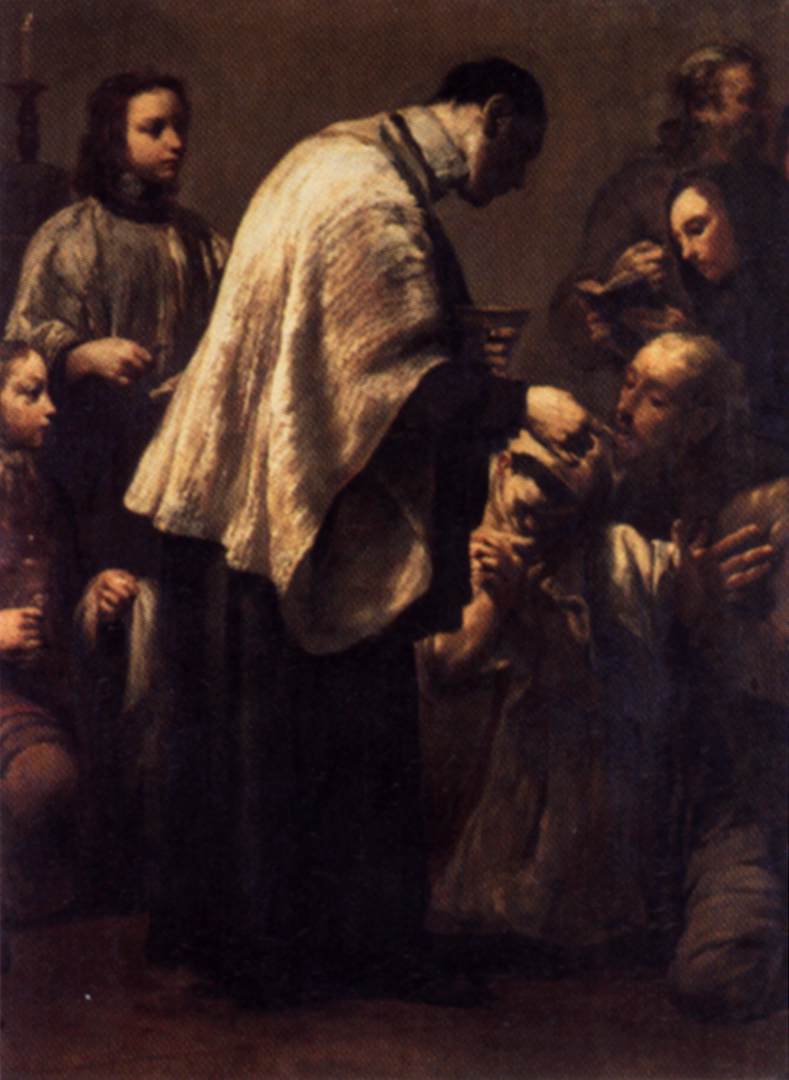Description
The painting "Communion" by the artist Giuseppe Maria Crespi is a masterpiece of Italian Baroque art. This work, which measures 128 x 95 cm, is currently in the National Gallery of Art in Washington DC
The painting represents a group of people who are receiving communion in a church. The composition of the work is very interesting, since the artist has managed to create a feeling of movement and dynamism in the scene. The characters are depicted in different poses and gestures, giving the impression that they are in motion.
The artistic style of the work is very characteristic of the Italian Baroque. Crespi uses a loose, flowing brushwork technique, giving the work a sense of movement and energy. In addition, the artist uses a palette of vibrant and saturated colors, which give the work a sense of vitality and emotion.
The history of the painting is interesting, as very little is known about its origin. The work is believed to have been created in the 1720s, during the period when Crespi worked in Bologna. However, it is not known who commissioned the work or for what purpose it was created.
One of the lesser known aspects of the work is its religious symbolism. The painting represents the moment in which the faithful receive communion, which symbolizes the union with God and the community of believers. In addition, the presence of angels in the work symbolizes the divine presence in the church and the protection that God offers to his faithful.
In short, the painting "Communion" by Giuseppe Maria Crespi is a masterpiece of Italian Baroque art. The dynamic composition, vibrant artistic style, rich color palette, and religious symbolism make this work a fascinating and meaningful piece.

